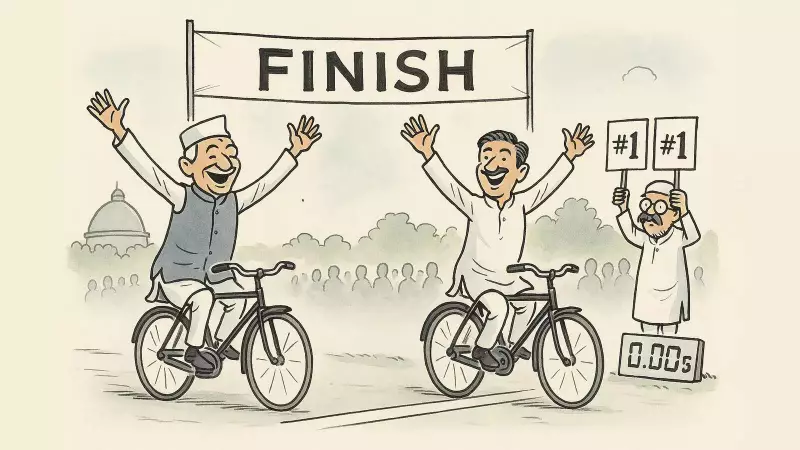
The 2020 Bihar assembly elections produced some of the most nail-biting contests in recent political history, with victory margins so slim they could determine the state's future political trajectory. These razor-thin results across eleven critical constituencies offer valuable insights into what might unfold in the crucial 2025 elections.
The Battleground Constituencies That Defined 2020
Among the most dramatic contests was Katoria in Banka district, where BJP's Shreyashi Singh clinched victory by a mere 17 votes against JDU's Kumar Sarvjeet. This astonishing margin represents one of the smallest in Bihar's electoral history and highlights the intense competition between NDA allies who would later become rivals.
Similarly, in Beldaga in Madhubani district, RJD's Sanjay Saravagi defeated BJP's Kumar Dilip by just 30 votes. The Kumarkhand constituency in Madhubani saw another photo finish with BJP's Lesi Singh winning by 39 votes against VIP candidate Swarna Singh. These microscopic margins demonstrate how every vote counts in determining Bihar's political landscape.
Other constituencies with remarkably close results included Barbigha where RJD's Suday Kumar Yadav won by 54 votes, and Gaura Bauram where BJP's Niranjan Kumar Mehra secured victory by 61 votes. The pattern continued in Ramnagar, Madhubani, and other constituencies where victory margins remained under 100 votes.
What These Tight Contests Reveal About 2025
The analysis of these margin seats reveals several critical patterns that could shape the 2025 electoral battle. The fragmentation of traditional vote banks has become increasingly evident, with smaller parties and independent candidates playing spoiler in many constituencies. This fragmentation makes predicting election outcomes more challenging than ever before.
Another significant revelation is the changing nature of political alliances. Many of these tight contests featured NDA allies competing against each other, particularly BJP and JDU candidates, despite being part of the same coalition government. This dynamic has since evolved with JDU's exit from NDA, creating entirely new political equations for 2025.
The data also shows the declining influence of caste arithmetic as the sole determinant of electoral outcomes. While caste remains important, development issues, local leadership, and anti-incumbency factors are playing increasingly significant roles in swaying voter preferences.
Strategic Implications for Political Parties
For political parties preparing for the 2025 elections, these tight contests offer crucial strategic lessons. Micro-level campaigning and booth management have emerged as decisive factors in close contests. Parties that can mobilize their ground workers effectively in these margin constituencies stand to gain significantly.
The analysis also underscores the importance of alliance management and seat-sharing agreements. With victory margins sometimes smaller than the votes secured by third candidates, proper alliance arithmetic could make the difference between victory and defeat in numerous constituencies.
Furthermore, these results highlight the need for targeted outreach to specific voter segments rather than relying on broad caste or community-based appeals. The personalized approach to campaigning has become increasingly important in determining electoral outcomes.
As Bihar moves toward the 2025 assembly elections, these eleven tight constituencies from 2020 serve as critical indicators of the state's evolving political dynamics. The lessons learned from these margin seats could well determine which political formation emerges victorious in what promises to be another closely fought electoral battle.





